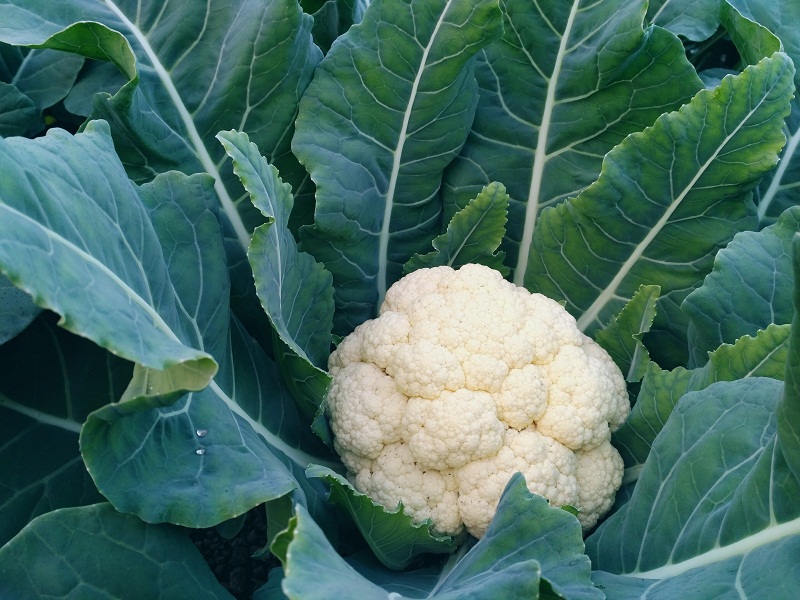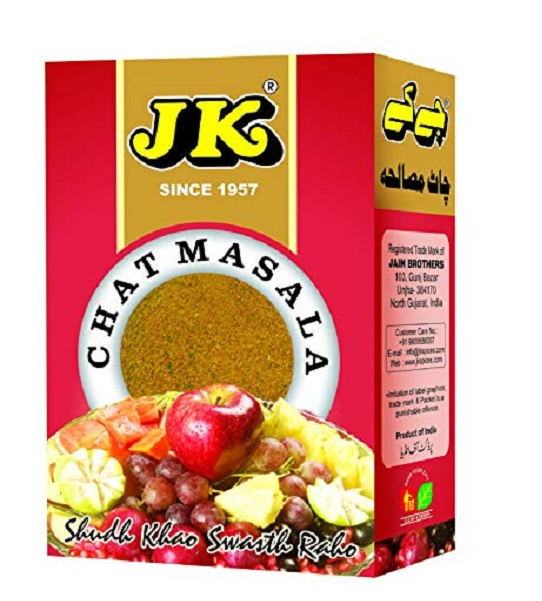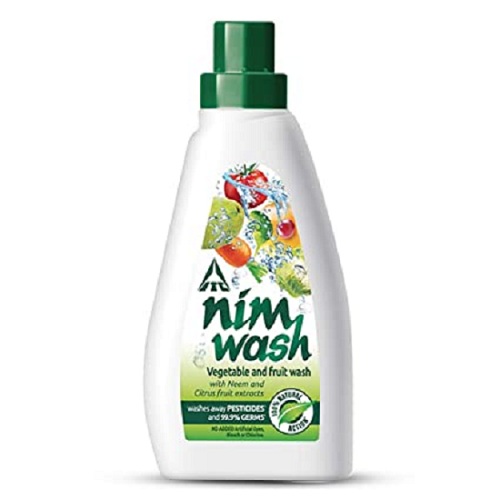Cauliflower /Phulkopi
58. Cauliflower (Phulkopi)
About
Cauliflower is a vegetable that belongs to the Brassicaceae family, which also includes broccoli, kale, and cabbage. It derives its name from the Latin word ‘caulis‘which means cabbage with a flower. The florets on the head of the cauliflower, also known as curd, are tightly clustered and consist of immature flower buds attached to a central stalk. To protect the flavor and softness of the cauliflower heads, they are kept away from sunlight to prevent the development of chlorophyll pigment and over-maturity.
Product image shown is for representation purpose only, the actual product may vary based on season, produce and availability.
Nutritions
Cauliflower contains sulforaphane, a sulfur compound that has also been shown to kill cancer stem cells, thereby slowing tumor growth. They are an excellent source of natural antioxidants due to their high levels of various phytochemicals, as well as good suppliers of essential vitamins, carotenoids, fiber, soluble sugars, minerals, and phenolic compounds. The health benefits of cauliflower include a reduced risk of cancer, heart and brain disorders, and relief from indigestion. It helps in boosting eye health, maintains hormonal balance, detoxifies the body, and aids in weight loss. This vegetable also extends its benefits in keeping you away from the harmful effects of ultraviolet radiation, diabetes, colitis, respiratory papillomatosis, and hypertension. The antioxidant power of cauliflower helps in strengthening the immune system. It further aids in maintaining bone and cellular health, electrolyte balance, and optimum cholesterol levels.
Uses
Cauliflower is a versatile vegetable, which makes for a great side dish or main dish. A member of the cruciferous vegetable family, to which also belongs the more famous broccoli, cauliflower is loaded with anti-oxidants and phyto-nutrients. To get the best out of this vegetable, try to saute it instead of boiling it in water and making it mushy. Cauliflower florets are the part of the plant that most people eat. However, the stem and leaves are edible too and are especially good for adding to soup stocks. Cauliflower can be mashed with probiotic-rich yogurt into a velvety smooth texture that can take the place of potatoes; grate it into rice-like particles to make cauliflower rice; use it as a meat substitute by dipping it in a batter of eggs, spices, and almond flour to make cauliflower nuggets; use it for moisture, as a binding agent, and a texture-enhancer in cauliflower pizza crust.
Availability: Out of Stock






